You Can Do More Than You Know!
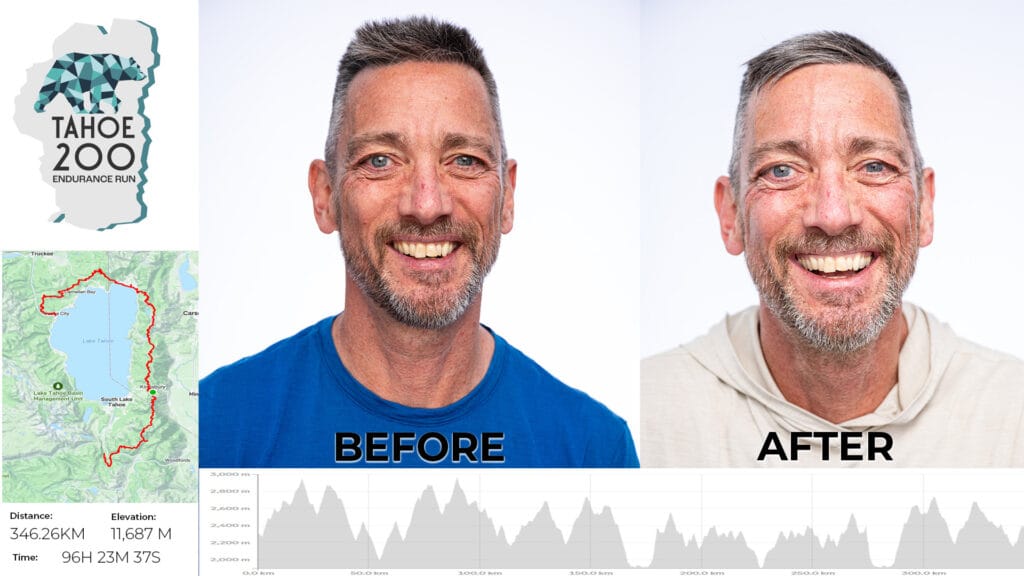
It is often said that we overestimate what we can do in a year and underestimate what we can do in ten. This quote has never felt more true than it does right now. On June 13, 2025, I toed the line at the Tahoe 200, a 200+ mile ultramarathon around Lake Tahoe. Two weeks […]
Purpose Transforms the Process
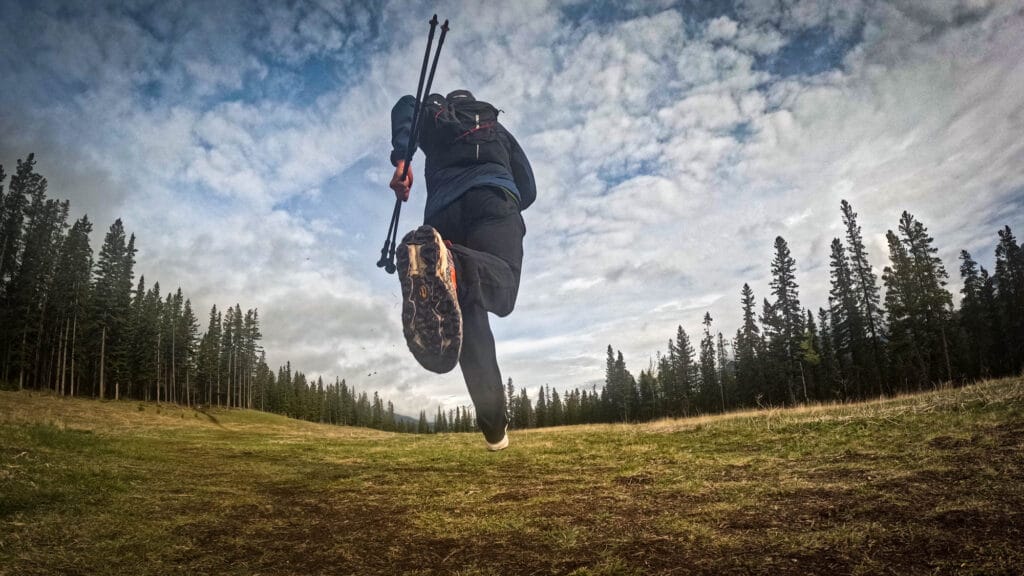
Sometimes the simplest shift in mindset makes all the difference On June 13, I’ll be taking on the biggest physical challenge of my life: the Tahoe 200, a 200-mile ultramarathon through the rugged terrain surrounding Lake Tahoe. I’m incredibly excited to see what happens when I push my body to its absolute limit. It’s been […]
Five Business Lessons From a 100 Mile Ultra
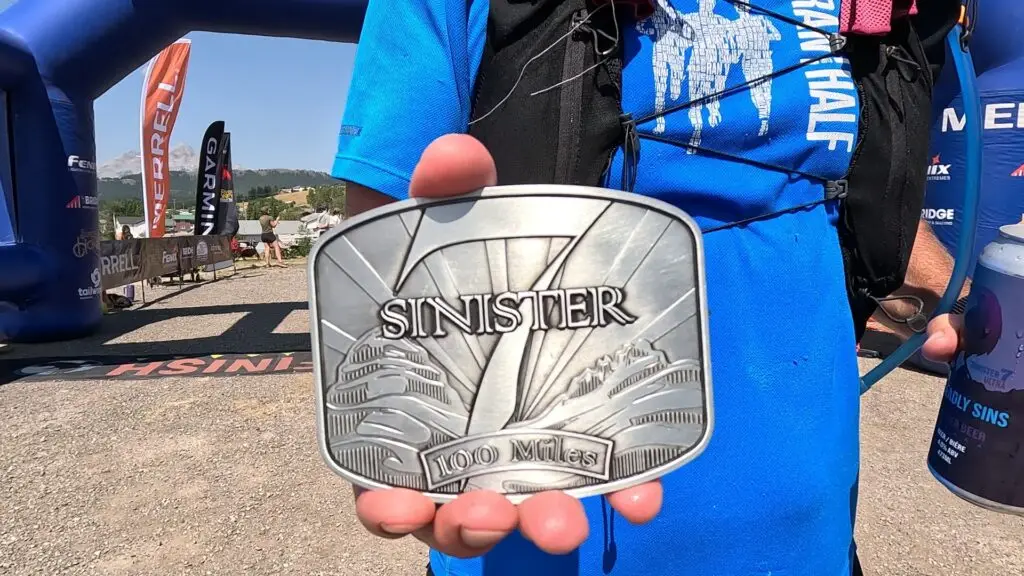
I did it! I freaking did it!! It took five years and four attempts, but I finally did it. Part of me still cannot believe I did it, but another part knows it was inevitable. On Sunday, July 14, 2024, at 12:03 p.m., I crossed the finish line of the Sinister 7 100-mile ultramarathon. Today, […]
Creating Connection to Purpose

Have you ever been so fired up about a cause or a mission that your energy and enthusiasm inspired others to act? There is nothing quite like the feeling of inspiring a shared vision. Whether you lead a team of one of one thousand, “Purpose” is a massive driver of performance. It was just shy […]
Seven Lessons for Male Leaders From “Reboot: Leadership and the Art of Growing Up”
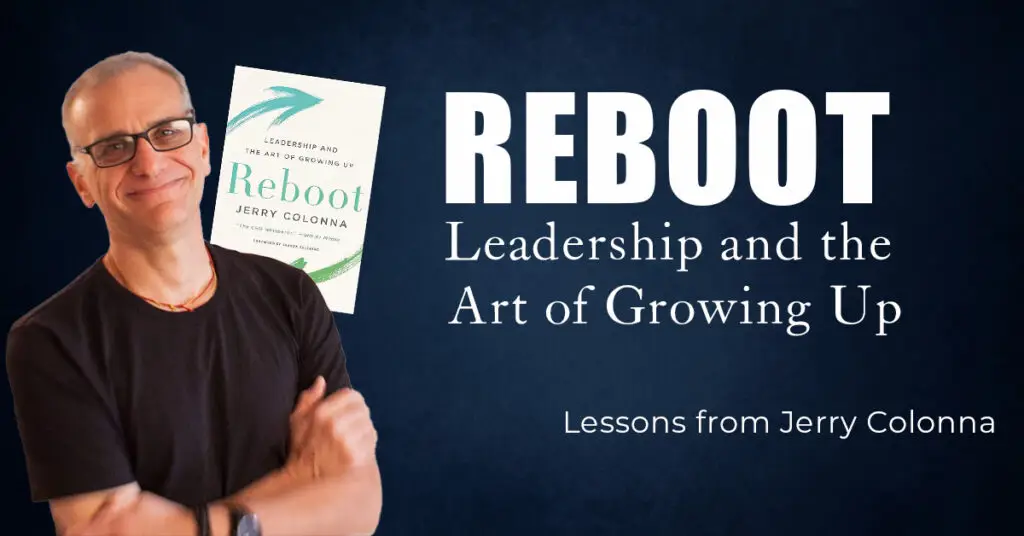
I was 2 minutes into Tim Ferris’ podcast with Jerry Colonna, and I knew I needed to learn more about this man and his leadership philosophy. Immediately after sharing how much his philosophy resonated with Michelle, I grabbed his book Reboot and reached out to him on LinkedIn. I highly recommend picking up a copy […]
When we refuse to look inward, we are destined to project outward
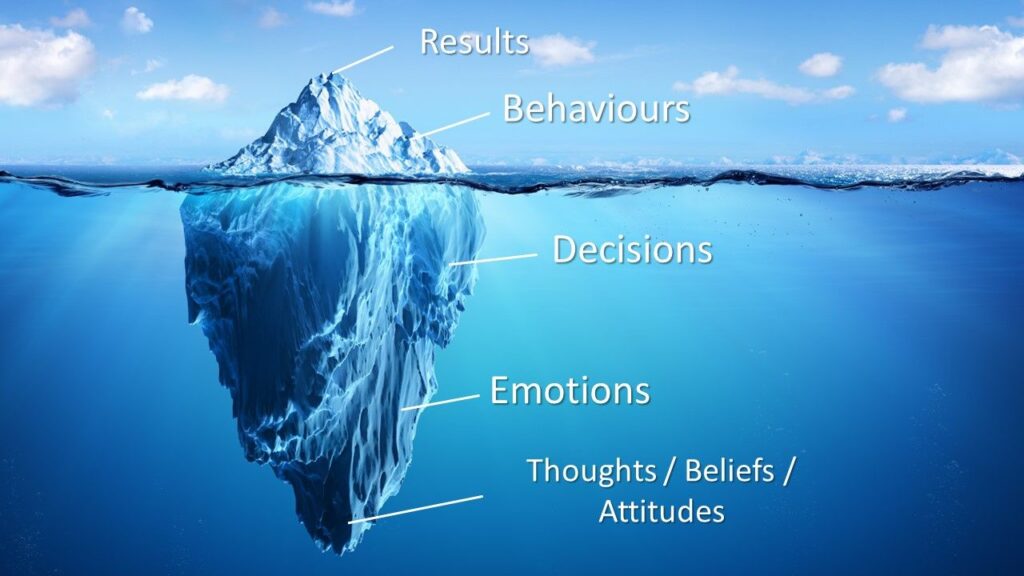
Avoiding looking in the mirror under the guise of busyness and achievement is easy. Having the courage to look deep into ourselves is hard. There are so many ways we can numb, suppress and avoid connecting with that most profound part of ourselves. For some, it is substance abuse, alcohol or drugs. For many leaders […]
What I learned running 100 miles!

Last week, I ran seven days in a row for a total of 100 miles. I am four weeks until the Sinister 7 ultra marathon. This last week, my coach had me simulate each of the seven legs of the race every day. On Thursday, I ran a simulated Leg 6, the most challenging leg […]
Be Stronger Than Your Excuses

If you want to achieve what most people don’t, you need to do the work that most people won’t. Fitness is a great analogy for life. The formula is fairly simple, yet it requires an incredible amount of discipline to achieve. This week, my run coach has me tackling a mock Sinister 7. For those […]
Leadership From the Inside Out
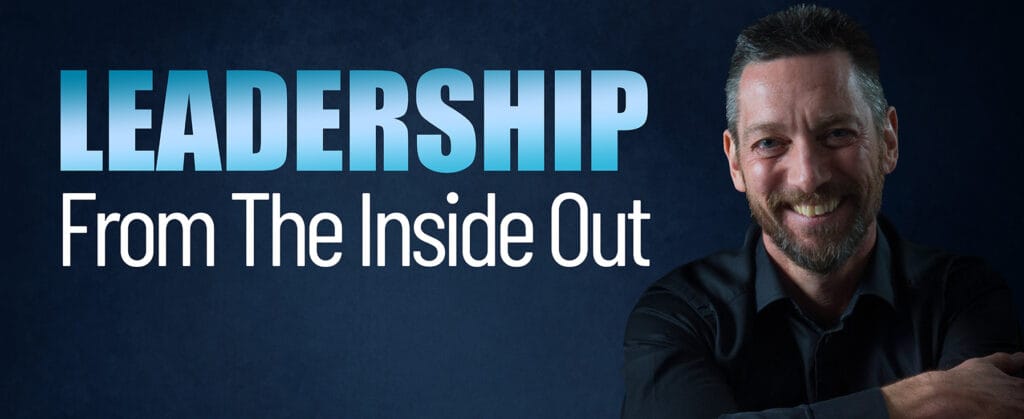
When did you realize you were a leader? This is a fascinating question. While the consensus today is greater than it was a decade ago, some folks I talk to still do not consider themselves leaders. The truth is that we all have the opportunity to be leaders. My friend Drew Dudley says this well […]
There Is A Magic That Happens When Men Come Together With Intention
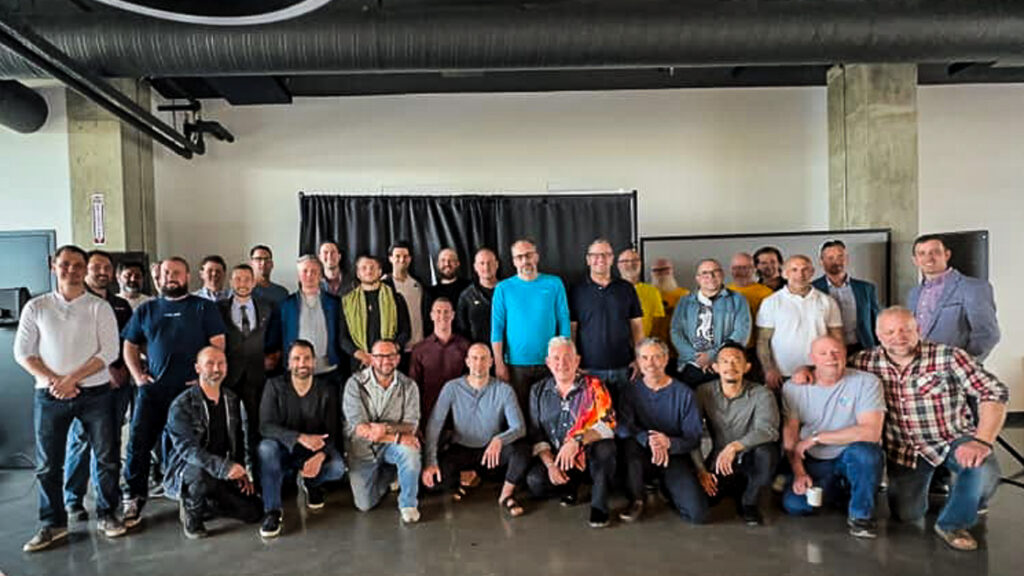
There is a magic that happens when men come together with intention. Last weekend, I was privileged to speak at an event for men. I delivered a keynote titled: Leadership from the Inside Out: The Power of Emotional Connection in Peak Performance. There were a number of speakers and organizations there supporting men. While we […]
What the Heck Does Emotional Connection Even Mean?

Language is powerful, it is important to get it right. I spend much time discussing the importance of Emotional Connection, particularly for men, and its impact on leadership, peak performance, and mental health. I share practices that I have found helpful in my journey, but I have not spent much time discussing what Emotional Connection […]
Shifting Views: The Unseen Power of Perspective
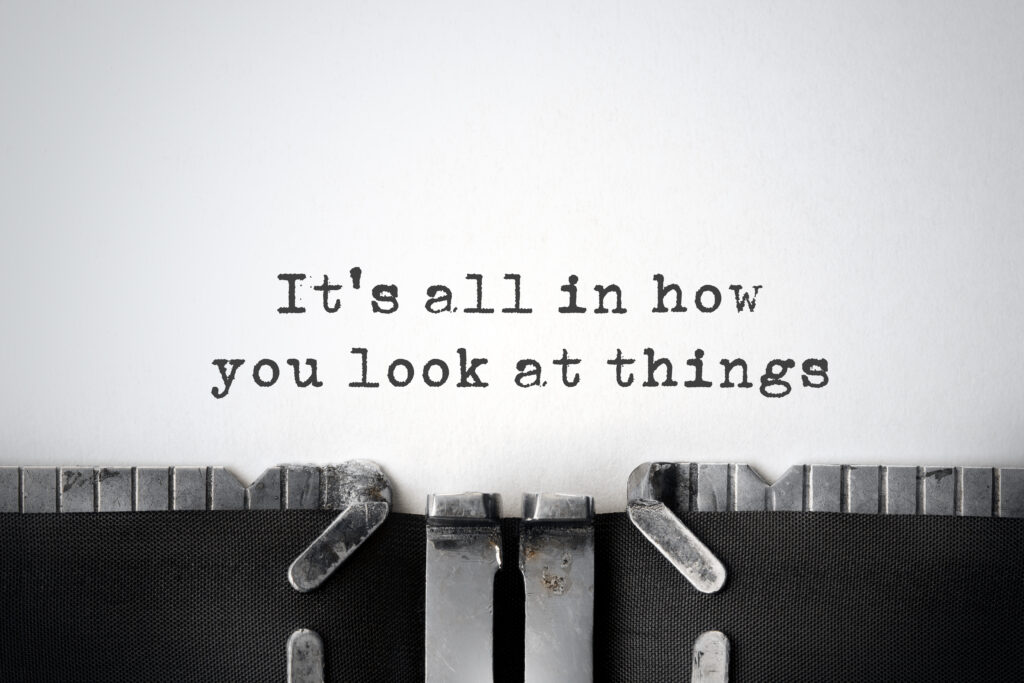
Have you ever considered how a single moment can alter your perception of the world? Last week I was speaking at a conference. During one of the breaks, I spoke with one of the other speakers. We chatted about the message I had delivered that morning on the importance of Emotional Connection, particularly for men. […]
Breaking Free from the Past: How Men Can Navigate Life with Courage and Connection

Ever feel like you’re stuck in a loop, replaying your past mistakes and wondering why you’re not moving forward? I meet many men who feel this way—trapped by their past, regardless of their current success or status. I’ve worked with seven-figure entrepreneurs, CEOs, and regular Joes, and it’s a common theme: We dig into our […]
The Importance of Emotional Granularity for Men
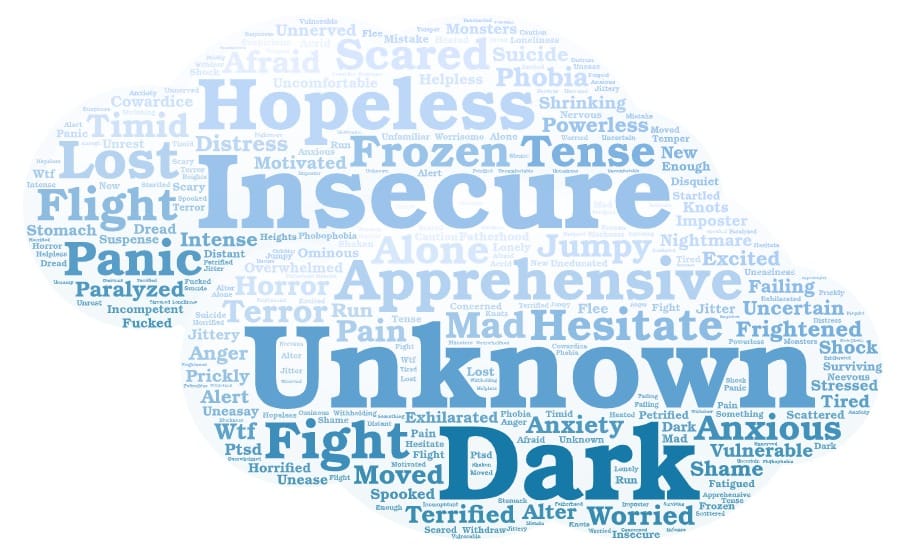
As men, we have had emotions conditioned out of us for most of our lives. The constant refrain from other men to “Suck it up” and “Be tough. Be Strong.” Any show of emotion other than anger is considered a weakness. Many men adhere to this paradigm with the refrain that they don’t want to […]
Breaking Free from Negative Self-Talk: A Guide for Men

In a society where the stereotypical portrayal of masculinity encompasses stoicism and presenting an undaunted façade, addressing the issue of negative self-talk among men is rarely discussed. The truth is that in our quest to “Measure up” to real or perceived expectations ensnares many men in a spiral of negative inner dialogue. Tackling this issue […]